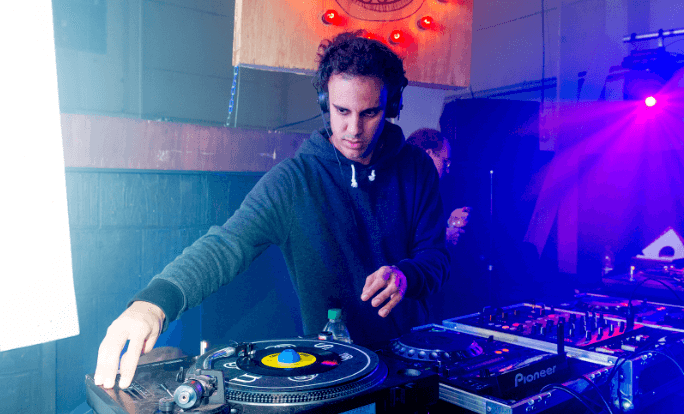The Evolution of NYC DJ Culture: A Retrospective Look at Its Roots

Introduction
New York City, often hailed as the cultural melting pot of the world, has been a breeding ground for artistic movements that have shaped global trends. One such phenomenon that originated in the vibrant streets of NYC is the DJ culture. As we delve into the roots of this pulsating scene, it’s fascinating to witness how it has evolved over the years, leaving an indelible mark on the music industry and popular culture.
The Birth of NYC DJ Culture
In the early 1970s, against the backdrop of the Bronx’s gritty streets, the NYC DJ culture took its initial steps. The birth of hip-hop, fueled by creative minds like DJ Kool Herc, DJ Afrika Bambaataa, and Grandmaster Flash, laid the foundation for what would become a global phenomenon. These pioneers, armed with turntables and a deep understanding of rhythm, transformed block parties into epicenters of musical innovation.
The beats and scratches of these early DJs weren’t just about playing records; they were creating a new form of expression. The art of turntablism became a cornerstone of NYC DJ culture, introducing techniques like beat juggling and scratching that would define the craft for years to come.
The Rise of Nightclub DJs
As the 1980s dawned, the energy of the streets found its way into the city’s burgeoning nightclub scene. DJs like Larry Levan at Paradise Garage and Frankie Knuckles at The Warehouse introduced a mix of disco, house, and electronic music, shaping the landscape of dance floors. The NYC DJ culture expanded beyond hip-hop, embracing a diverse range of genres, reflecting the city’s eclectic spirit.
These DJs became more than just music selectors; they were curators of experiences, orchestrating journeys through sound that transcended the physical boundaries of the dance floor. The influence of these nightclub DJs spread far beyond NYC, with the city becoming a global hub for electronic dance music.
The Technological Revolution
The 1990s brought about a seismic shift in the NYC DJ culture with the advent of digital technology. Turntables were replaced by CDJs and later by laptops, allowing for greater manipulation of sound and expanding the possibilities for creativity. DJs could now seamlessly blend tracks, add effects, and create a sonic landscape that was previously unimaginable.
The rise of electronic dance music (EDM) in the 2000s further propelled NYC into the spotlight. The city’s DJs were at the forefront of this movement, with names like David Guetta, Armand Van Helden, and Danny Tenaglia becoming global icons. The gritty streets of the Bronx had given birth to a culture that now reverberated in the most prestigious clubs and festivals worldwide.
NYC DJs Today: A Global Influence
In the 21st century, nyc djs continue to be trendsetters and influencers in the ever-evolving music landscape. The city remains a breeding ground for talent, with DJs blending genres and pushing boundaries. From underground clubs in Brooklyn to massive festivals on Randall’s Island, the spirit of the NYC DJ culture thrives.
In an era of streaming and social media, NYC DJs use technology to connect with audiences worldwide. The city’s influence is not just confined to the music itself; it extends to fashion, art, and lifestyle, shaping the cultural zeitgeist on a global scale.
Conclusion
The evolution of NYC DJ culture is a testament to the city’s ability to incubate and nurture artistic movements that resonate far beyond its borders. From the humble beginnings in the Bronx to the glitzy stages of international festivals, the journey of NYC DJs reflects the dynamic and diverse spirit of the city itself. As we look back at the roots of this cultural phenomenon, it’s evident that the beats and rhythms that originated on those New York streets continue to echo around the world, leaving an enduring legacy in the annals of music history.





